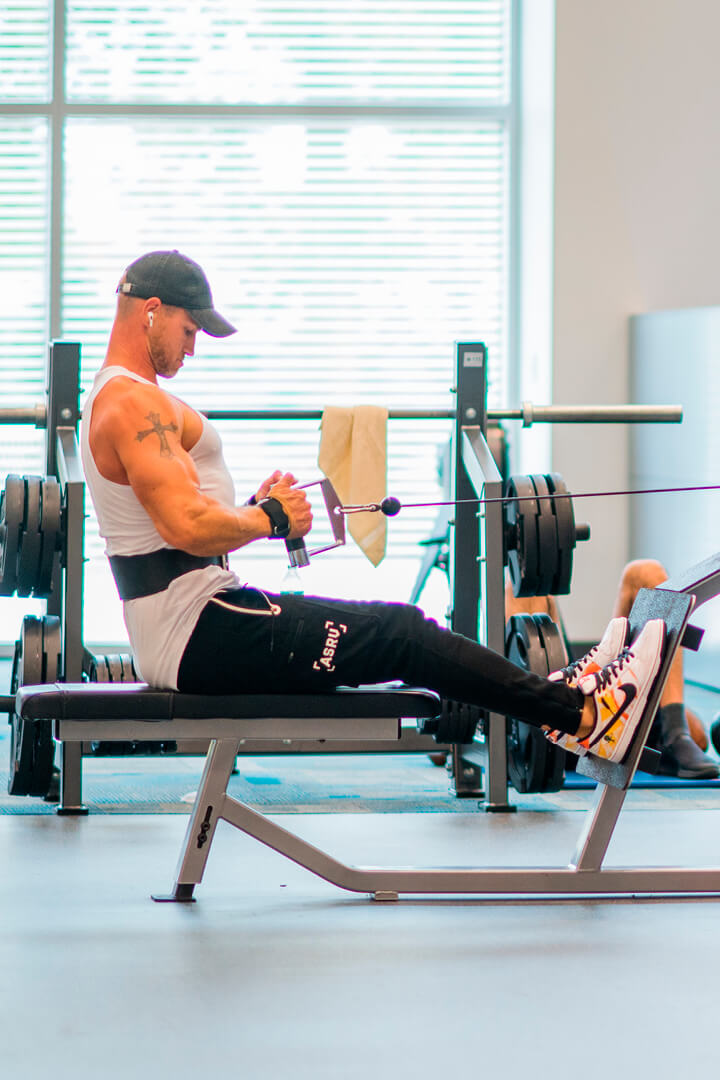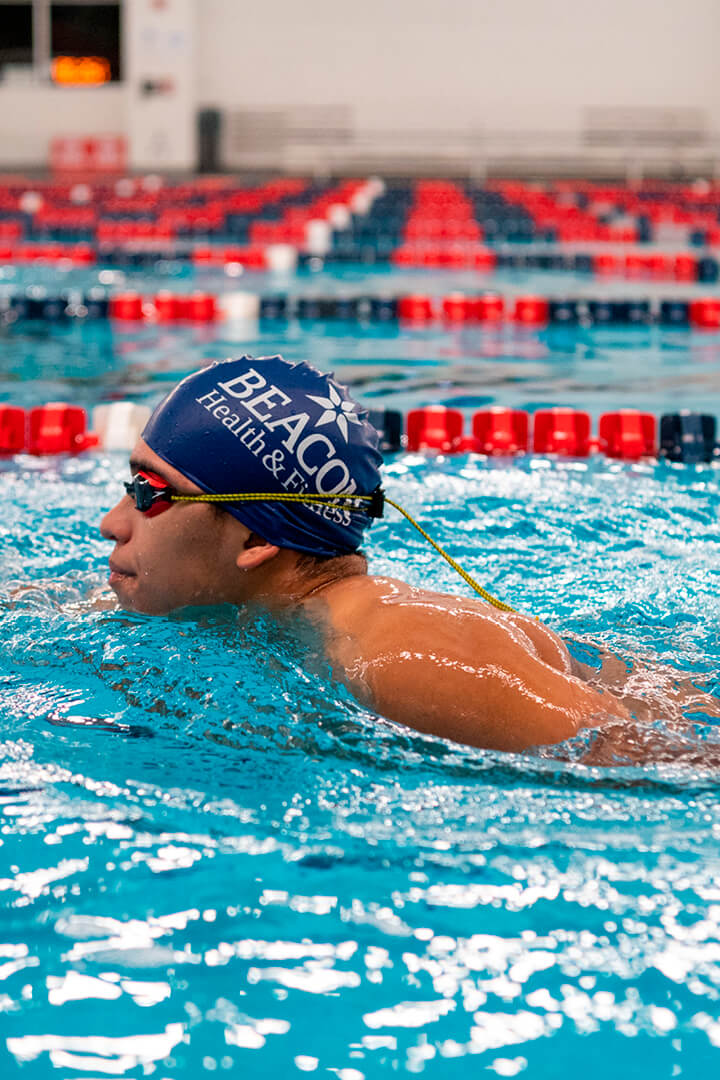What is the importance of cycling cadence anyway? If you’ve ever watched an elite cyclist glide along the rode with ease, then you’ll have noticed how smoothly and efficiently his or her pedal stroke is despite the terrain. That is cadence. The revolutions per minute (RMPs) at which the cyclists is pedaling. By training your cadence, you in turn, improve your cycling effectiveness and efficiency allowing you to pedal further distances at faster speeds.![]()
Pedaling faster puts less strain on your muscles. Riding in a lower gear uses your slow-twitch muscles: burning fat for fuel, resisting fatigue, and recovering quickly as allowed. Pedaling at a higher cadence allows for more blood flow to the muscles resulting in a higher aerobic capacity.
In turn, pedaling at a lower cadence yet in a more intense gear is more taxing using your fast-twitch muscles: which burn carbohydrates for fuel, fatiguing more quickly, and taking more time to recover. Feeling the burn faster as you use more muscle strength.
You’d think by pedaling faster it would put more strain on your cardiovascular system, but not necessarily because the cardiovascular system is a super-efficient system. Unlike the muscular system, there’s not a long period of recovery, and is only minister by the amount of air it’s given not by how much work has been done.
There’s no magic number that one should shoot for when cycling. As a general rule of thumb, 80-90 RMPs is a good goal to make the most use of slow-twitch muscles and avoid leg fatigue. However, changing your cadence isn’t something that has or should be mastered overnight. It also requires work from all your bodies systems as well.
If you are a seasoned rider or someone just starting off, maintaining a steady and efficient cadence allows you to become a stronger and better rider. You don’t necessarily need to pedal faster; however, as you climb, adjust your gear so it’s easier to keep your RPMs consistent.
Deciding where your ideal cadence is or should be can be done at any time. The more you ride, the better rider you’ll become. Here are a couple ideas you can use to determine where you stand.
“This first drill is one of the simplest, most straightforward ways to improve your cadence. Lower your gear and increase your cadence by 5 RPMs for a portion of your next ride. Repeat on the following ride (and so on and so forth). That’s it!”
“ For this drill, start at your normal cadence, and then shift to an easier gear two to three notches above what you would normally ride. Continue for five minutes at this new cadence (which should be between 90 and 120 RPMs) and return to your normal cadence. Try this several times during your ride during long flat sections.”
A few other great reminders to keep yourself in check while working on your cadence: maintaining a similar speed or power as you shift to a higher cadence will improve cardio and give relief to muscles and joints, keeping your pedaling smooth even if you begin to fatigue, increasing your gear slightly if you find yourself bouncing in the saddle.
You are welcome to try it out for yourself in any of Beacon Health and Fitness Cycling classes.
– Kristen Stooksbury
Source: Wahoo Fitness Blog https://www.google.com/amp/s/blog.wahoofitness.com/cycling-cadence-what-is-it-how-to-improve-yours/amp/





